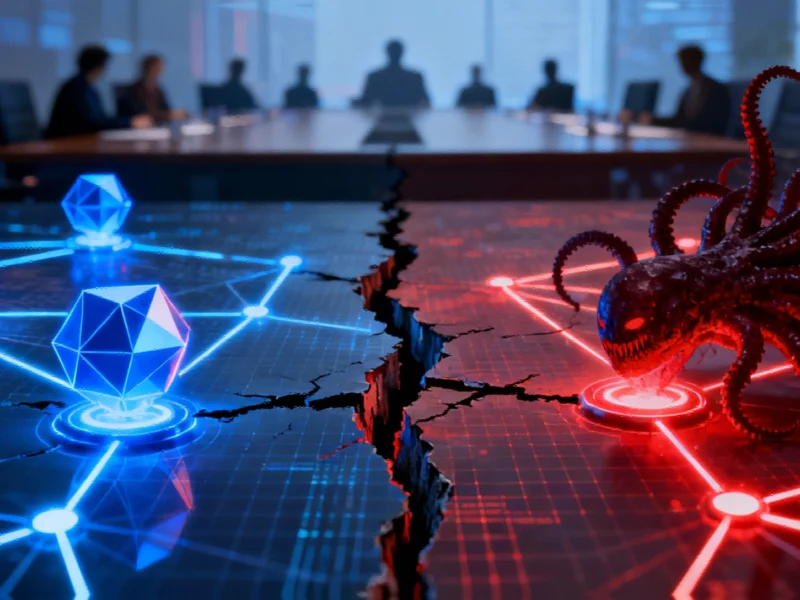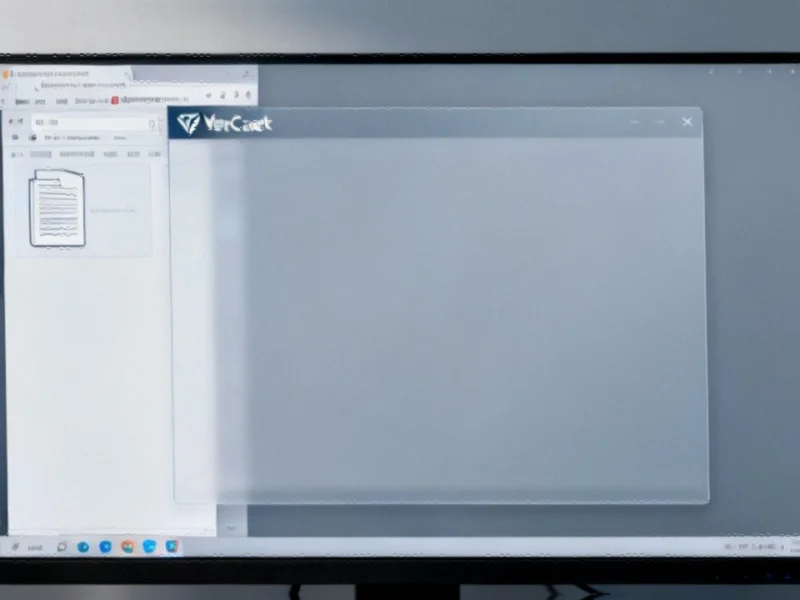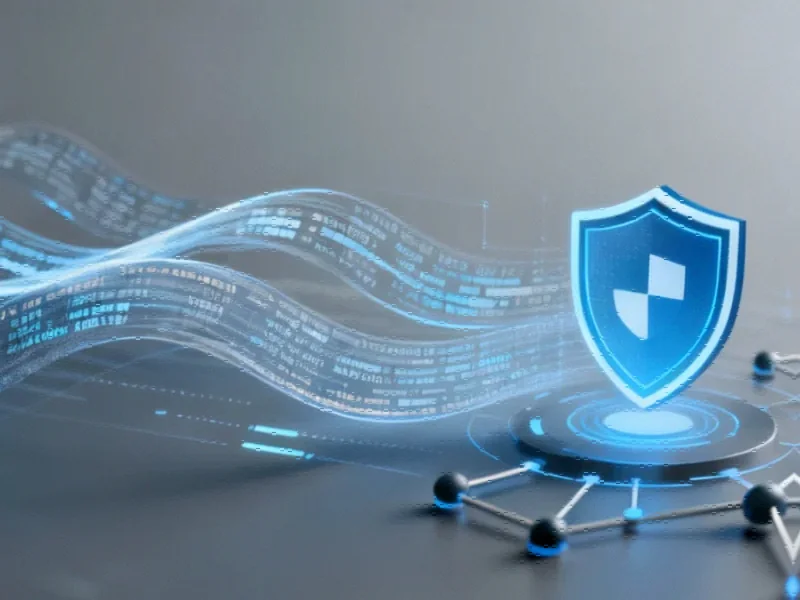The Widening Confidence Gap in AI Security
As artificial intelligence transforms cybersecurity, a troubling paradox emerges: the very technology promising to secure digital ecosystems is simultaneously empowering attackers to develop more sophisticated threats. According to the Forbes Research 2025 AI Survey of over 1,000 C-suite executives, 63% now believe AI-powered cybersecurity threats could render current protections obsolete every few months—more than double the 29% who held this view just one year ago.
This dramatic shift in perception highlights what security experts are calling the AI security paradox, where defensive and offensive capabilities evolve in lockstep, creating an endless cycle of escalation. The survey reveals that 62% of executives acknowledge AI exacerbates the challenge of maintaining current cybersecurity measures and training, suggesting that traditional security approaches are struggling to keep pace with AI-driven security threats that learn and adapt in real-time.
Executive Anxiety and Resource Drain
The human toll of this technological arms race is becoming increasingly apparent. One surveyed executive noted that AI-related cybersecurity threats demand “constant attention and adjustment,” while another revealed their biggest challenge is that “operational risk increases and substantial resources are used to protect cybersecurity against ever more sophisticated attacks.”
This resource drain represents a significant productivity paradox for organizations investing heavily in AI security solutions. Rather than freeing up resources, the constant need to counter evolving threats consumes substantial budget and personnel time that might otherwise drive business innovation.
The survey data reveals deep concerns at the highest levels of corporate leadership, with 71% of executives acknowledging that their senior leaders have serious concerns about ensuring safe and compliant AI use. Yet only 38% believe their company’s leadership fully grasps AI’s impact on cybersecurity—suggesting a critical knowledge gap at the decision-making level.
Governance Challenges and Bureaucratic Hurdles
Organizational structures designed to manage AI risk appear to be struggling under the weight of this challenge. While 65% of firms now have dedicated AI governance committees, 43% report these committees are bogged down by bureaucracy, unable to respond with the speed that evolving threats demand.
This governance stagnation occurs against a backdrop of rapid technology developments that could further complicate the security landscape. The intersection of AI with emerging technologies creates new attack vectors that traditional security models may not anticipate.
CEOs showed the least confidence in their teams’ understanding of these challenges, with only 30% saying those around them fully grasp the complexities of AI cybersecurity. This leadership skepticism suggests that organizations may be underestimating the strategic importance of navigating new technological landscapes that require both technical and regulatory expertise.
The Insurance Solution and Risk Transfer
As elimination of AI security risks becomes increasingly unrealistic, a new approach is gaining traction: risk transfer. More than half of executives (65%) believe services that combine cybersecurity with insurance will gain popularity as AI-related security threats increase.
This shift toward risk management rather than risk elimination reflects the reality that market trends increasingly favor pragmatic solutions over perfect security. Organizations are acknowledging that some level of vulnerability may be inevitable in an AI-driven threat landscape.
The insurance approach also highlights how security innovations are evolving beyond purely technical solutions to encompass financial instruments and risk-sharing mechanisms. This represents a fundamental rethinking of cybersecurity from a problem to be solved to a cost to be managed.
The Path Forward: Adaptive Defense in Depth
Security experts suggest that surviving the AI security arms race requires moving beyond static defenses toward adaptive, layered security approaches. This means combining AI-powered threat detection with human expertise, continuous monitoring, and rapid response capabilities.
Organizations must also confront the productivity challenges created by constant security updates and training. The solution may lie in developing security systems that learn and adapt alongside the threats they’re designed to counter, reducing the burden on human operators.
As the digital battlefield evolves, one thing becomes clear: the organizations that will thrive are those that accept the perpetual nature of this conflict and build resilience rather than seeking final victory. The question is no longer whether defenses can outpace threats, but whether organizations can develop the agility to survive in an environment where both are constantly accelerating.
This article aggregates information from publicly available sources. All trademarks and copyrights belong to their respective owners.



